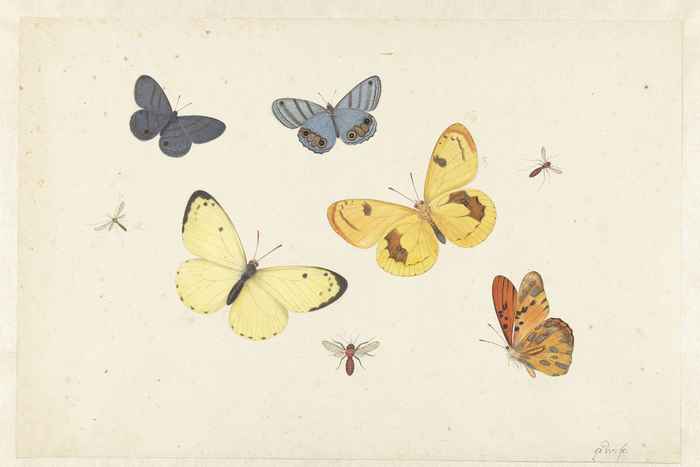Call for Proposals: The History of Drawings Conservation and Its Ethics
5 November 2025

This call is open to art historians, curators, conservators, conservation scientists, and graduate students and seeks proposals for twenty-minute papers that address the history and/or ethics of drawings conservation, from its beginnings in restoration to contemporary practices. Successful proposals will engage with the theme, demonstrate original research, and incorporate examples from public and private collections.
While all topics will be considered, organizers encourage papers related to the following subjects:
- Historical practices based on textual sources and/or the firsthand examination of drawings;
- The impact of treatments on the reception and interpretation of drawings;
- The growing acceptance of deterioration as material evidence and part of a drawing’s life cycle;
- Ethical and practical distinctions between treating drawings and other works on paper;
- Reversibility in drawings conservation treatment: aspiration versus reality;
- Methods for identifying previous treatment in the absence of documentation;
- The emergence of formal conservation training, its role in the professionalization of the field, and related shifts in the ethical framework;
- The expanded role of paper conservators in drawings connoisseurship and the integration of conservation science.